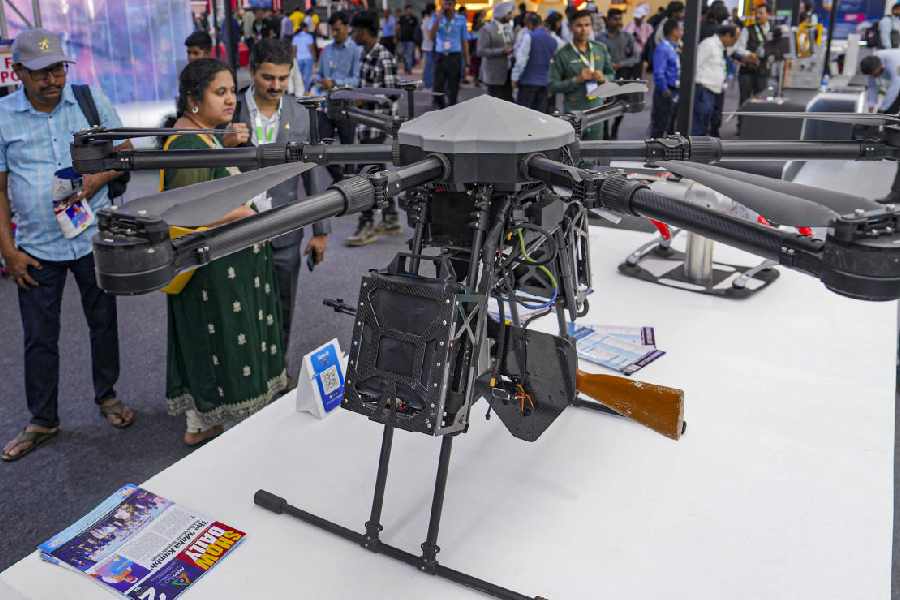The deaths of two tourists because of high altitude sickness during their trips to Sandakphu, the highest point in Bengal at 11,900 feet, over the past six months has prompted the Darjeeling district administration to make a health check-up compulsory for tourists and trekkers heading for the destination.
“Soon, a comprehensive health check-up will be made mandatory for anyone planning to trek to Sandakphu or even going there in a vehicle. This exercise is necessary to avoid such mishaps in the future. We are also coordinating with the Gorkhaland Territorial Administration to implement health guidelines for tourists visiting the hills," said Richard Lepcha, the Darjeeling Sadar subdivisional officer.
On November 19, 55-year-old Ashish Bhattacharjee from Calcutta succumbed to acute respiratory distress during his stay at Dhotrey, a base point for the trek.
As his health conditions deteriorated, he was rushed to the primary health centre in Sukhiapokhri where doctors pronounced him dead. This tragedy follows a similar incident in May this year when Tanmoy Kundu, a 29-year-old youth from Kaliaganj of North Dinajpur district, died because of respiratory problems.
Nestled within the Singalila National Park of Darjeeling district, Sandakphu has long been a favourite destination for trekkers and adventure enthusiasts with breathtaking vistas of snow-clad peaks, vibrant rhododendron forests and serene trails.
On Thursday, the region experienced its first snowfall of the season, weeks earlier than usual.
Tour operators said such incidents are rare but are preventable with proper precautions. They have underscored the need for a dedicated medical facility for trekkers and tourists in Sandakphu and adjoining areas.
“There is a lack of proper acclimatisation measures and training. It should be mandatory before embarking on high-altitude treks. Primary medical training is needed even for the land rover drivers. Oxygen facilities and health insurance must be prioritised with proper guidelines in consultation with tourism stakeholders,” said Samrat Sanyal, general secretary of Himalayan Hospitality & Tourism Development Network.
Debasish Chakraborty, the general secretary of the Eastern Himalaya Travel & Tour Operators Association, said a trekker must carry a health certificate. “Those travelling to Sandakphu should have the basic knowledge of high-altitude conditions, including pulmonary resuscitation and acclimatisation. The authorities should enforce proper acclimatisation and guides should undergo specialised training to handle emergencies,” he said.
Officials of the GTA said they, too, were perturbed by the deaths and were taking necessary initiatives.
S.P. Sharma, the chief public relations officer of the GTA, said a rapid ascent and lack of acclimatisation often led to altitude sickness among tourists, especially those with pre-existing health conditions.
“We have plans to set up a health check-up point at Sandakphu soon. We have ambulance services here,” said Sharma.










